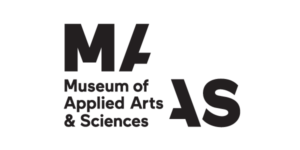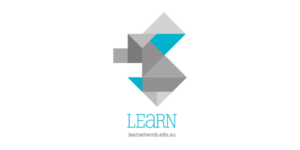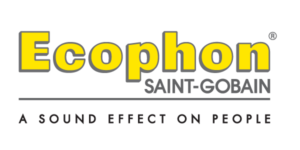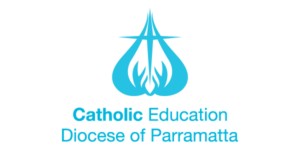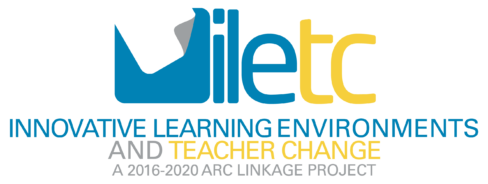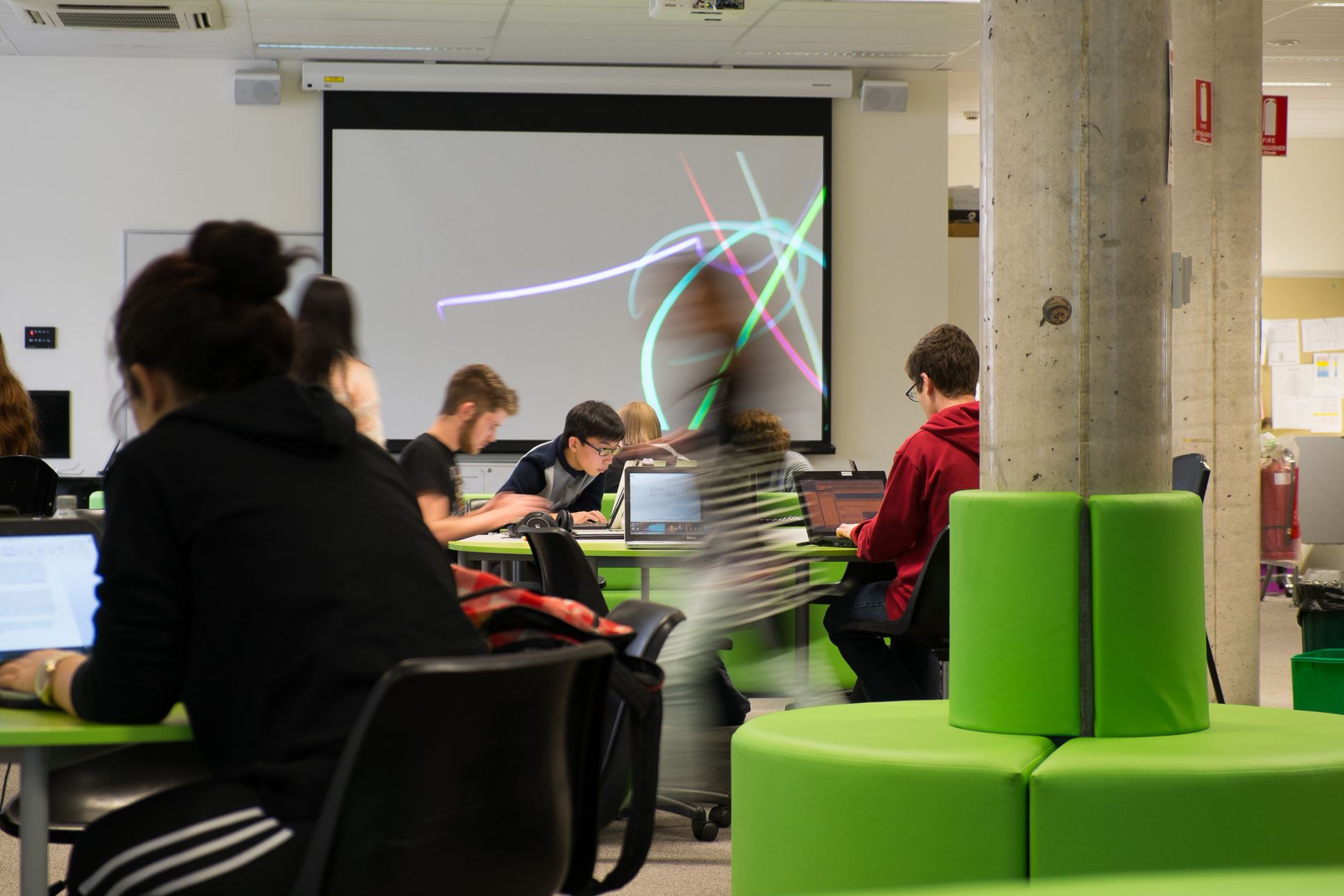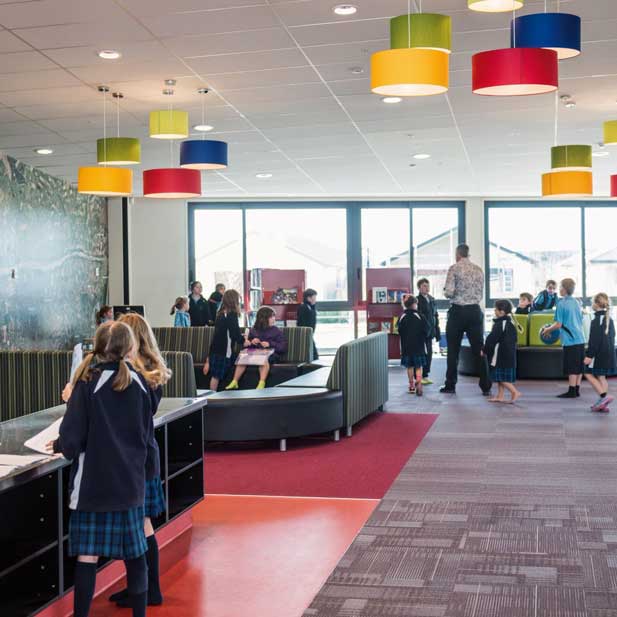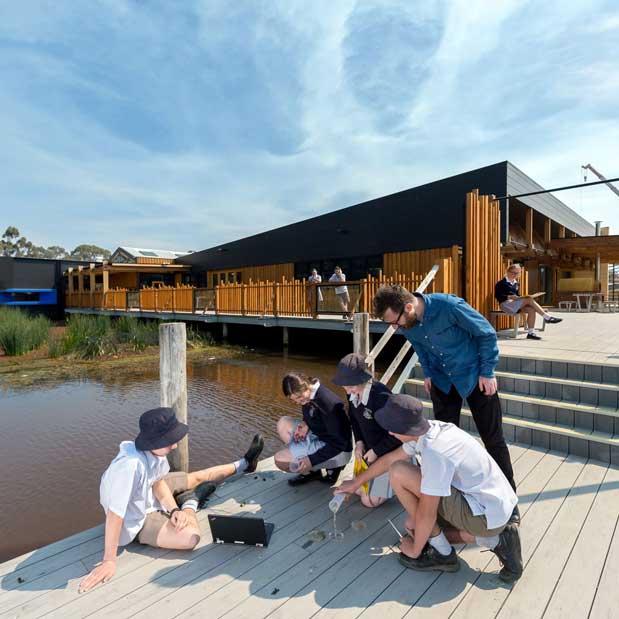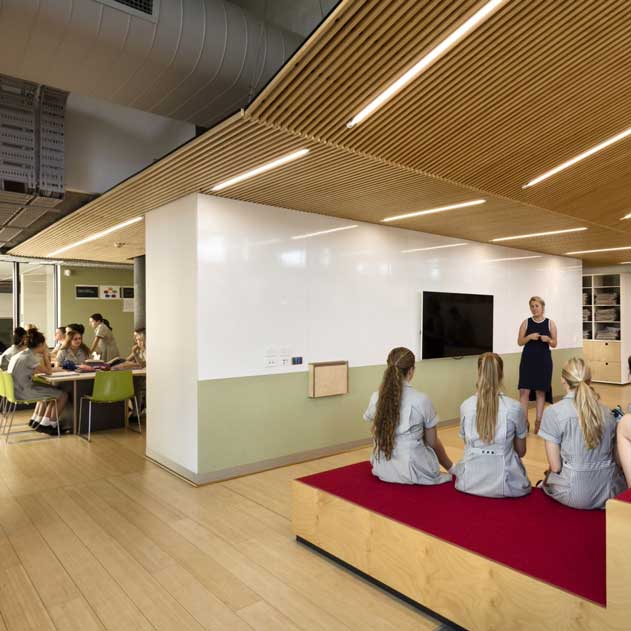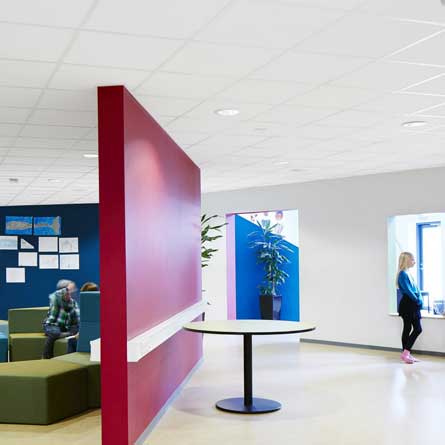The ILETC Project aimed to bridge the gap between what we saw as an unrealised educational potential of innovative learning environment design and to develop a mechanism for achieving this across as a range of educational sites.
This website provides a cache of the significant outputs that were generated by ILETC over four years.
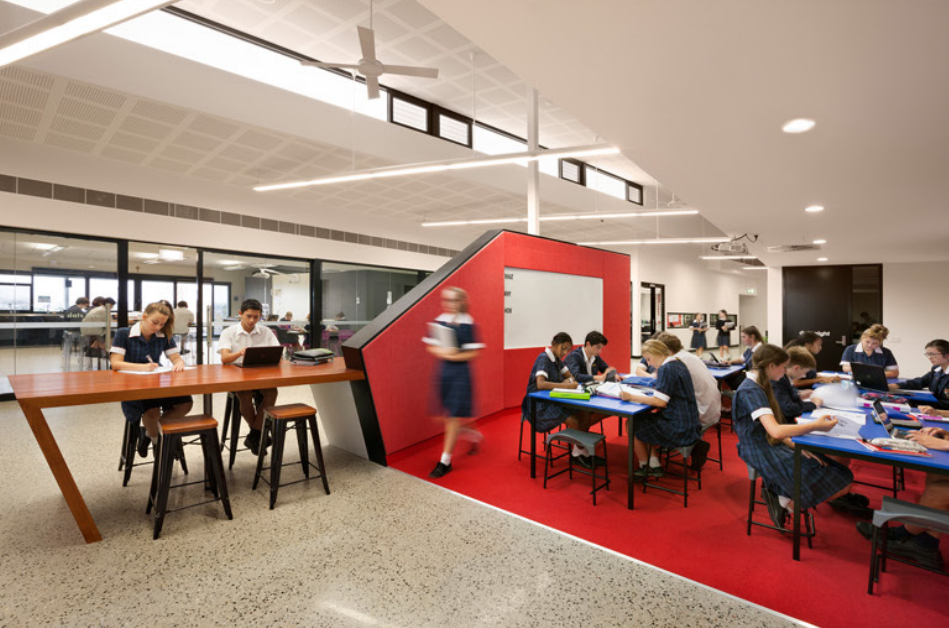
Over four years (2016-2020), ILETC investigated ILEs and teacher practices from a range of perspectives:
- Affordances of ILEs – the opportunities and facilities for learning provided by different types of ILEs and how they were being used.
- Teacher practices in ILEs – the majority of teaching in ILEs follows traditional methods and that there were, at the onset of the research, limited resources to support teachers in changing their approach to using new technology and learning spaces.
- Strategies to change teacher mind frames – investigate the mechanisms required to support the adaptation of teacher mind frames and teaching practices, encourage ‘recognition of possibilities’ and implement new approaches.
- Identifying evidence of learning – measuring the impact of strategies to identify instances of deeper learning.
The project brought together a wide range of partners from government and religious education authorities, research active schools, private industry and peak bodies with an interest in unlocking not only the massive investment already made in ILEs, but in implementing long-term and sustainable quality teaching practices in schools. The project directly addressed strategic goals of lifting productivity and economic growth, which requires building innovative, creative capacities within sector of society.
Our Partners










